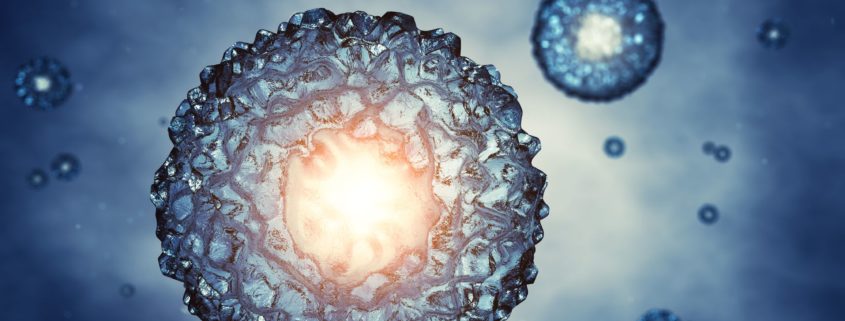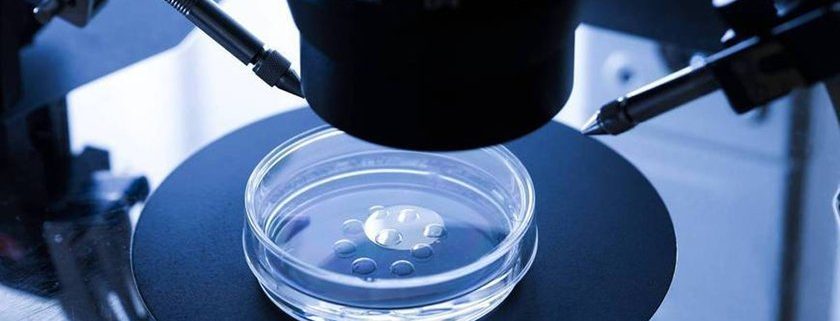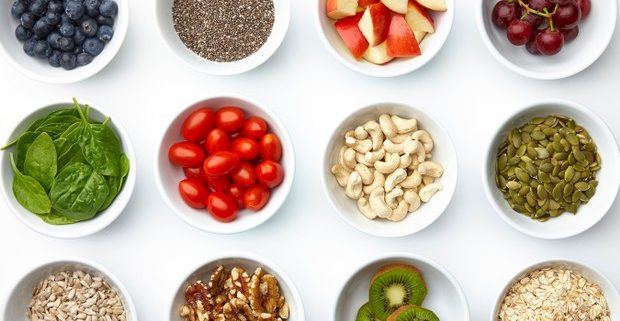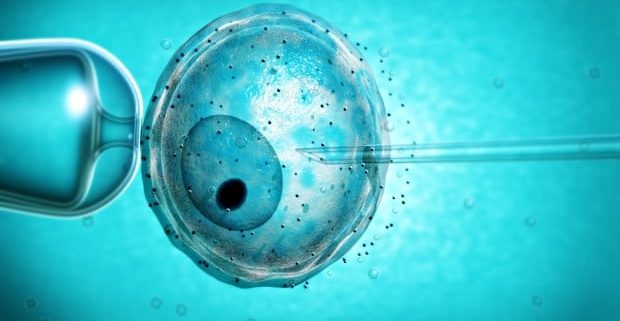Dr Simone Rofena, Deputy Medical Director at the Zita West Clinic, answers your IVF questions.
What are the different types of IVF and who are they appropriate for?
I always think that it is critical to think of each patient as unique and it is only by considering a couple’s complete history that you can decide what is the most appropriate for them. So I don’t like labels and I never start with a pre-conceived idea and try to adapt that particular treatment to them. It is only by knowing what the patient has had in the past with regards to previous treatments, how they responded to certain things and her ovarian reserve that you can then really tailor the most appropriate way to do IVF, the choice of the right protocol and the right medications.
We have a number of younger women who have a low AMH and they have tried but aren’t getting pregnant and they have decided to have IVF. What would you say to them?
Age is still the main predictor of IVF success and AMH is not the most relevant element. Low AMH does become more of a problem with older women, as it is combined with a reduction in egg quality. However, the approach shouldn’t change too much because at the end of the day what you want to do is optimise the egg quality – either in a younger patient or an older one – and the way I approach this situation is very similar. Clearly with younger women the chances are increase because of the potentially higher egg quality.
So regardless of someone’s ‘labels’ what do you do when they first come to the clinic?
Well, firstly I am not a doctor who asks for millions of tests, I tend to just pick a few tests which will help me identify what the best approach to take would be. I normally go with basic tests such as Vitamin D and thyroid function – as they are both important to help optimise the egg quality and ensure that they are in the best possible situation. We know that both can affect egg quality and the miscarriage rate, so if the thyroid is outside the normal range the incidence of a miscarriage is more likely to happen, which is why it is important that it’s in the recommended range of 0.5 – 2.5 of TSH. In addition to the women, we also test the men as well, as Vitamin D is also very important for sperm quality too.
We are very lucky here at the clinic to have a number of great different professionals including nutritionists who work together to deliver excellence and we believe that preparation for IVF is critically important to enhancing success no matter which type of IVF you are having. We will spend around two months before treatment begins to get both the women and men in the best possible shape and, for me, this so critically important.
Since working at the Zita West Clinic with the holistic approach to IVF, I have seen first-hand how much of a difference it makes to IVF success.
A lot of women worry, particularly those having IVF for the first time, that it involves pumping a lot of drugs into your body, but we work a lot more with lower stimulation, what does that mean?
I like to use as much evidence-based methods as possible, so I look at the science; I look at what is published and what is supposed to be correct. There is a lot of evidence that giving more than 300 units of medication doesn’t actually increase the chance of having a live birth. That is why I tend to only give a maximum of 300 units as there is no benefit of giving more than that and I completely understand how this is one of the biggest fears about the IVF process.
In terms of tests and investigations to work out which IVF is appropriate for which client, what are your views on FSH?
FSH can fluctuate quite a lot as if you take an FSH sample at two different times of the day you might have different results, and as AMH is more accurate I prefer AMH over FSH. However, the most important thing is to count the number of follicles with a scan, because sometimes I see women with very low levels of AMH but when you do a scan they have a good number of follicles, or at least a much better number than the AMH levels would suggest. That is why I prefer the scan to show us how many eggs we might get rather than a blood test and nothing else.
Does having ovarian cysts affect a woman’s chances of IVF success?
It depends on the kind of cyst. You can have functional cysts, which come and go during the cycle, or you can have a permanent cyst, like endometriosis, which stays there unless you remove it surgically. The functional cysts are not much of a problem, you just wait until they are gone and you start the stimulation. Permanent cysts can be a problem as they can occupy the whole of the ovary and you therefore have no space for other follicles to develop. Clearly, if there is a cyst occupying the whole ovary then you wouldn’t expect to get many eggs from that ovary and this would need to be addressed before starting.
What is a good quantity of follicles to have?
Of course, as many as possible, but I would say that any more than 10 would be a good quantity.
Is there a guideline to what IVF is best? What is the difference between natural IVF and mild or modified IVF?
Natural IVF does not involve any medication and you just monitor their ovulation and you will tend to get only one egg, maybe two as that is what a woman can naturally produce. Modified or mild IVF is when you start adding a low dosage of medication, without being too invasive, usually from day 5, 6 or 7 of the cycle with the aim of getting two eggs, maybe three.
This follows the idea that the egg a woman produces naturally is the best possible egg, although I have to say that the data does not support this theory and the success rate of this approach tends to be very low. Patients are often not told this at the start from the clinics they are having treatment with which might lead to waste precious time and money. What we tend to find is that a lot these women see the word ‘natural’ and think that this is going to be the best option for them, but the data just doesn’t back it up unfortunately.
In fact a recent properly conducted study including thousands of patients has shown that there is no difference in the genetic viability between eggs produced naturally without stimulation and eggs obtained with an appropriate dosage of medications (FSH), so therefore the more eggs we can obtain with the help of the medications the better. I do agree though that the dosage must always be appropriate to the needs of the patient.
I believe that what gives patients the best success is the perfect combination of quantity and quality. Quality tends to go hand-in-hand with the preparation and undergoing the best protocol for patients and as regards the quantity, we try to maximise the number of eggs that the patient produces by choosing the right amount of dosage appropriate for them and the right treatment protocol.
One of things that I know you’re keen on is progesterone testing, tell us about that…
There is a huge debate on progesterone at the moment and there is still no consensus on what the optimal way of administering it should be and what the optimal levels are. However, there is a threshold under which the incidence of miscarriage appear to be higher. At the clinic we measure progesterone with a blood test on the day of the embryo transfer and if patients are below the threshold we give them extra progesterone to try and help overcome that deficiency. If the progesterone levels are above the threshold after the egg collection that is no problem at all, in fact we want it to be as high as possible. Where it can be a problem is when progesterone levels are above the threshold before ovulation, as this can negatively affect the implantation. At this point we would then recommend freezing all of the embryos because we know that the chances of success are lower if progesterone levels are high before ovulation.
Should you always be putting two embryos back?
No, not always. The most important thing is to consider the age of the patient and if they are below 38 and have good quality blastocysts then you should only put one back because you want to try to reduce the chances of multiple pregnancies as they can be more complicated.






